The communication between players and ghosts that exists in Phasmophobia is uncannily real and an incredibly useful tool for identifying the ghost type. But to make use of this tool, you need to know all possible questions and phrases you can use to communicate.
Phasmophobia has three key methods of communication between you and the ghost which are the Spirit Box, the Ouija Board, and general communication. Successful ghost investigations require you to learn how to effectively communicate with ghosts but not go overboard with it or you’ll likely find yourself the victim of a deadly ghost hunt, so here are all Spirit Box questions and other trigger phrases you can make use of.
All Spirit Box questions in Phasmophobia
The Spirit Box, which is a device that creates white noise that spirits can manipulate, is the most reliable and safe method for evoking responses or reactions from ghosts. There are three types of phrases you can use:
- Aggression phrases
- Location phrases
- Age phrases
Aggression Spirit Box questions in Phasmophobia
Aggression questions are general asks that result in an angry response from the ghost.
- “What do you want?”
- “Are you friendly?”
- “Should we leave?”
- “Why are you here?”
- “Do you want to hurt us?”
Aggression Spirit Box responses in Phasmophobia
In response to aggression questions on the Spirit Box, you generally hear violet replies back from the ghost. These usually include an emphasis on words like “attack,” “hurt,” and “death.”
Since the Spirit Box is manipulating radio frequencies, you only hear a small portion of a full phrase when the ghost responds to you. Some specific responses I’ve heard from the Spirit Box for aggression phrases are:
- “An attack was…”
- “Tragic killing…”
- “Person died…”
Getting an aggressive response doesn’t help you determine any specific information about the ghost other than Spirit Box being one of its confirmed evidence types.
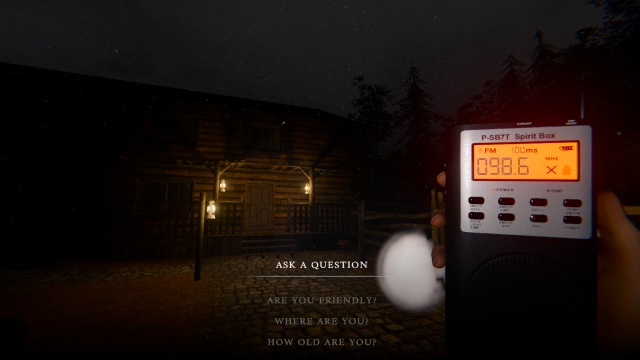
Location Spirit Box questions in Phasmophobia
If you want to obtain useful information from the Spirit Box, location questions are the ones to ask. These questions help you pinpoint where the ghost is which is very useful for any investigation.
- “Where are you?”
- “Are you here?”
- “Show yourself.”
- “Give us a sign.”
- “Are you close?”
- “Speak to us.”
- “Can you talk?”
- “What is your location?”
- “Is there a ghost here?”
Location Spirit Box responses in Phasmophobia
To determine where the ghost is, pay attention to how it responds when you ask it a location Spirit Box question. Some phrases I’ve heard it say are:
- “A close encounter…”
- “Far and wide…”
- “Taken away…”
- “From behind…”
| Phrase | Distance |
| A phrase containing the words close or behind. | The ghost is within two meters of you which generally means you are in the ghost room. |
| A phrase containing the words away or far. | The ghost is more than two and up to seven meters away. This usually means you are not in the ghost room. |
Age Spirit Box questions in Phasmophobia
Age-related questions are similar to aggression ones in that you don’t actually gain any useful information beyond determining that Spirit Box is a piece of ghost evidence.
- “How old are you?”
- “Are you young?”
- “Are you old?”
- “Are you a child?”
Age Spirit Box responses in Phasmophobia
The ghost will tell you if it is young or elderly with how it replies to age questions. Phrases I’ve heard in response to these questions include:
- “A young individual…”
- “An elderly resident…”
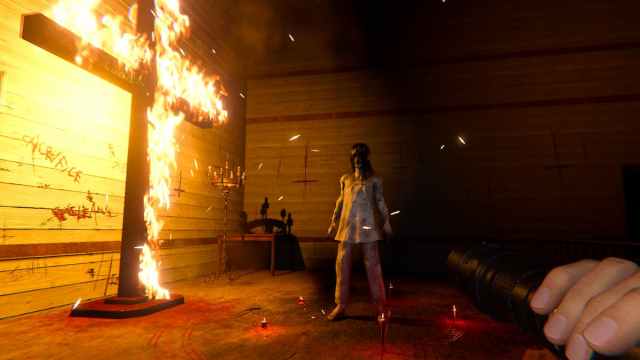
Ouija Board questions in Phasmophobia
The Ouija Board is another method of communication you can use but is a far more dangerous one. This Cursed Possession has its own specific set of questions you can use to gain information.
| Type | Questions | Answers | Sanity drain | Meaning |
| Bone location | “Where is the bone?” “Where did you die?” “Where is your body?” | The room the bone is located in is named. | 50 percent. | You discover where the bone, which always spawns randomly on each map, is located for that contract. |
| Location | “Where are you?” “Are you here?” “What is your room?” “Are you close?” “Where is your room?” “What is your favorite room?” | The ghost responds with yes, no, or the exact name of the room it is currently in. | 50 percent for the specific room and 20 percent for a yes or no answer. | The ghost tells you exactly where it can be found, although this may not be the actual ghost room if it is wandering, or lets you know if it’s in the room with you. |
| Behavior | “Do you respond to everyone?” | Yes or no. | 20 percent. | The ghost tells you whether they will respond only to people who are alone or to everyone. |
| Hide and seek | “Hide and seek?” “Do you want to play hide and seek?” | Counts down from five to zero. | None. | Starts a countdown from five to zero then triggers a cursed hunt. |
| Age | “How old are you?” “Are you old?” “Are you young?” “What is your age?” | A number between two and 90. | Five percent. | The ghost randomly chooses an age between two to 90 to tell you. |
| Number of people | “How many people are in this room?” “How many people are here?” “How many ghosts are in this room?” “How many ghosts are here?” “Are you alone?” “Are we alone?” “How many people are present?” “How many ghosts are present?” | A number. | 20 percent. | The ghost tells you a number of people in the room which is believed to be based on how many players and other beings there are. |
| Death | “When did you die?” “How long have you been dead?” “How many years ago did you die?” “How long have you been here?” “How long ago did you die?” | A number between 50 and 1,000. | Five percent. | The ghost lets you know how long they have been dead. |
| Death method | “How did you die?” | The ghost may say accident, murder, slipped, drowned, choked, shot, or fell. | Five percent. | The ghost tells you how they died. |
| Sanity | “What is my sanity?” “Am I insane?” “How crazy am I?” “How insane am I?” | Healthy: 80 percent or more. Good: 60 to 80 percent. Average: 40 to 60 percent. Bad: 20 to 40 percent. Awful: 20 percent or lower. Not Very: 50 percent or better. Very: 50 percent or less. No: 90 percent or better. Maybe: 20 percent to 90 percent. Yes: 20 percent or less. | Five percent. | You can check your sanity by asking the ghost this question. Depending on how they respond, you can gauge a general percentage of how sane your character is. |
| Intention | “What do you want?” “Why are you here?” | The ghost will say trapped, lost, love, scared, revenge, hatred, you, peace, or kill. | Five percent. | The ghost shares what their purpose is. |
| Feeling | “Are you okay?” “How are you feeling?” “How do you feel?” | The ghost might say cold, angry, empty, strong, weak, hurt, excited, lonely, or sick. | Five percent. | The ghost tells you how they are feeling at the moment. |
| Joke | “Knock knock.” “Marco.” | The reply will be “Who’s there?” or “Polo.” | Five percent. | You get a response from the ghost as they reply directly to your joke. |
Ghost trigger phrases in Phasmophobia
Generally, your best bet for evoking a response from the ghost is to use Spirit Box questions or use the ghost’s specific name found on the board in the truck. The ghost’s name is the only general trigger phrase that is confirmed to work outside of Spirit Box and Ouija Board phrases.
Sometimes you might say a phrase that sounds like one that actually works which seems to be why many incorrect phrases that don’t work are floating around the community. The only confirmed trigger phrases for speaking with the ghost are those directly tied to the Spirit Box and Ouija Board plus the ghost’s name.
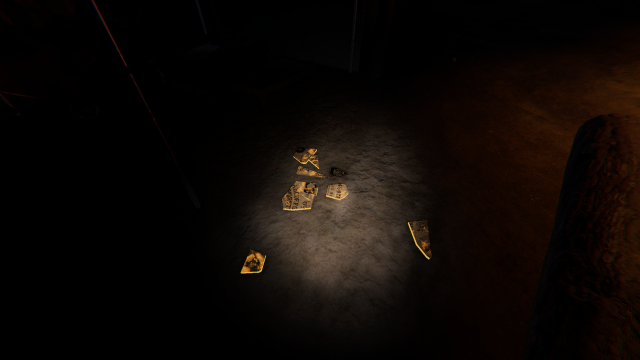
There have been many rumored phrases beyond these that some players claim work, but the devs have never confirmed that anything beyond the known phrases work and I have tried many other phrases but never gotten any response. The Spirit Box is by far the safest and most reliable method for communication so I recommend mostly relying on this tool.
While all of these questions, phrases, and words have the potential to evoke either a verbal or non-verbal reaction from a ghost, ghosts are very unpredictable in Phasmophobia which means you are never guaranteed a response. It may also take several tries and moving around the map before a response occurs. The response could be an item being thrown, a breath in your ear, an item being moved, a door being slammed, lights flickering, a word or phrase muttered angrily, or even a ghost appearing right in front of you.
Others Asked
What is the method for identifying ghosts in Phasmophobia?
To identify ghosts in Phasmophobia, players use various tools to uncover evidence fitting the ghost's characteristics. Specifically, each ghost can be identified using three types of evidence out of seven total options: DOTS Projector, EMF Five, Fingerprints (Ultraviolet), Freezing Temperatures, Ghost Orb, Ghost Writing, and Spirit Box.
How is the correct ghost type identified in a Phasmophobia investigation?
The correct ghost type is identified by correctly finding all three pieces of evidence using various equipment like Ghost Writing book, cameras, and DOTS Projector and marking them in your journal. It's essential to strategically use equipment and watch for evidence throughout the investigation.
What are the three types of evidence that can be used to identify a Banshee in Phasmophobia?
The Banshee can be identified using Ultraviolet, Ghost Orbs, and DOTS Projector evidence.


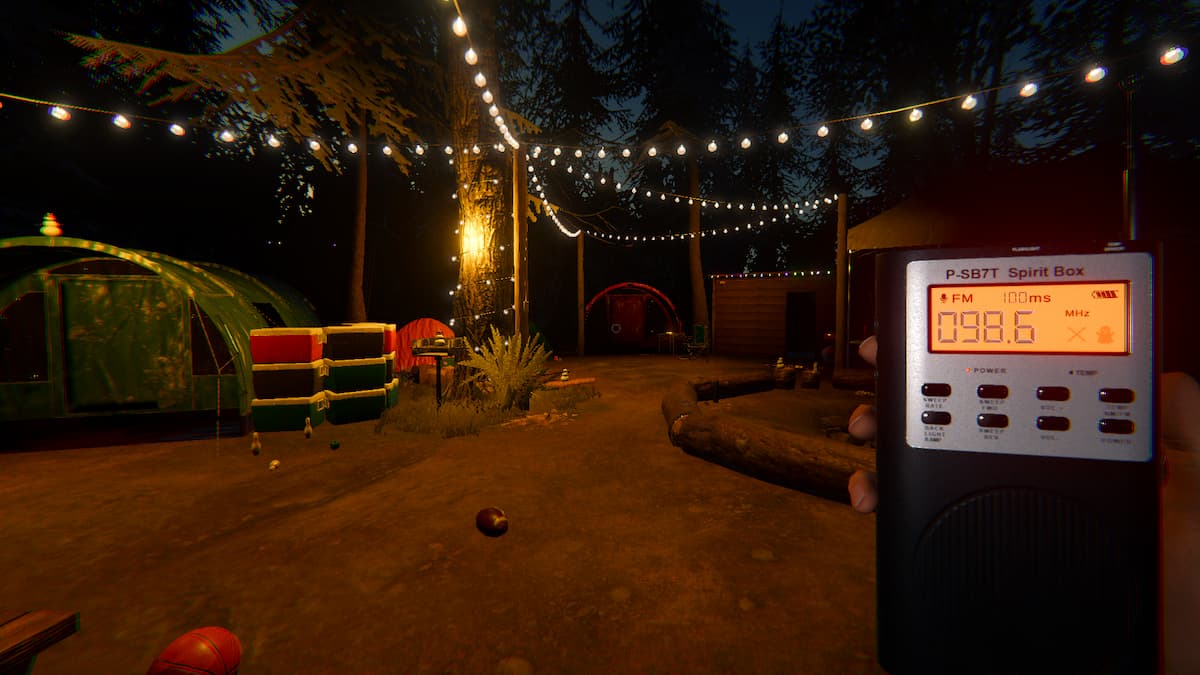
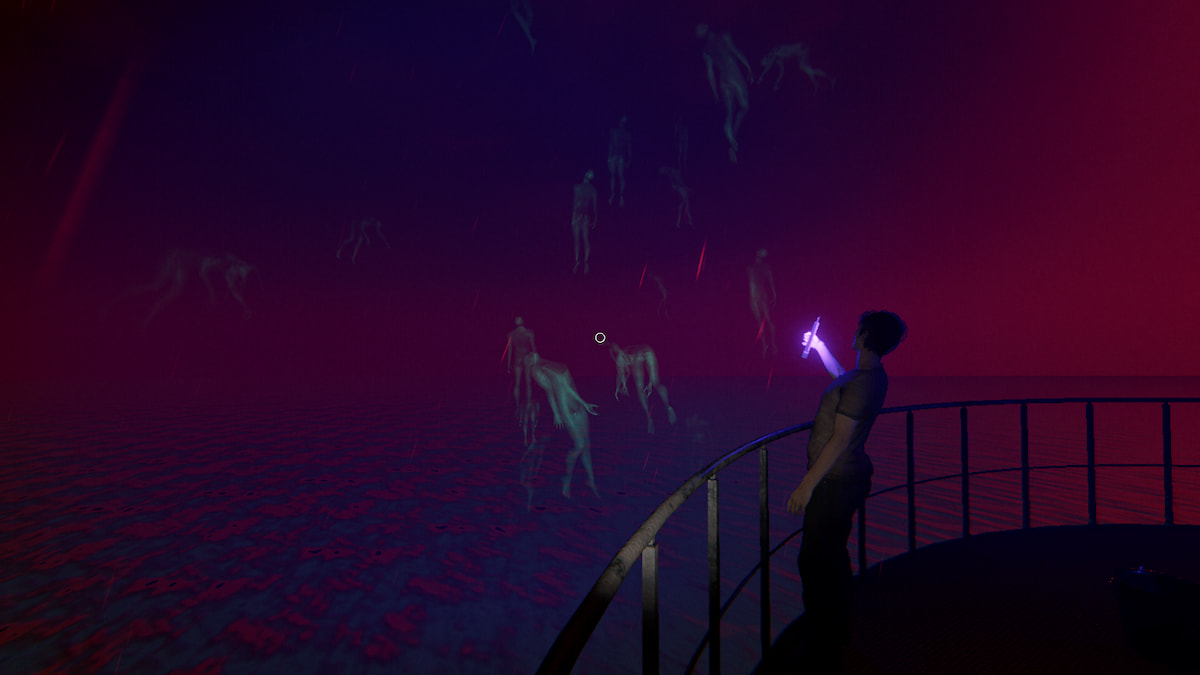
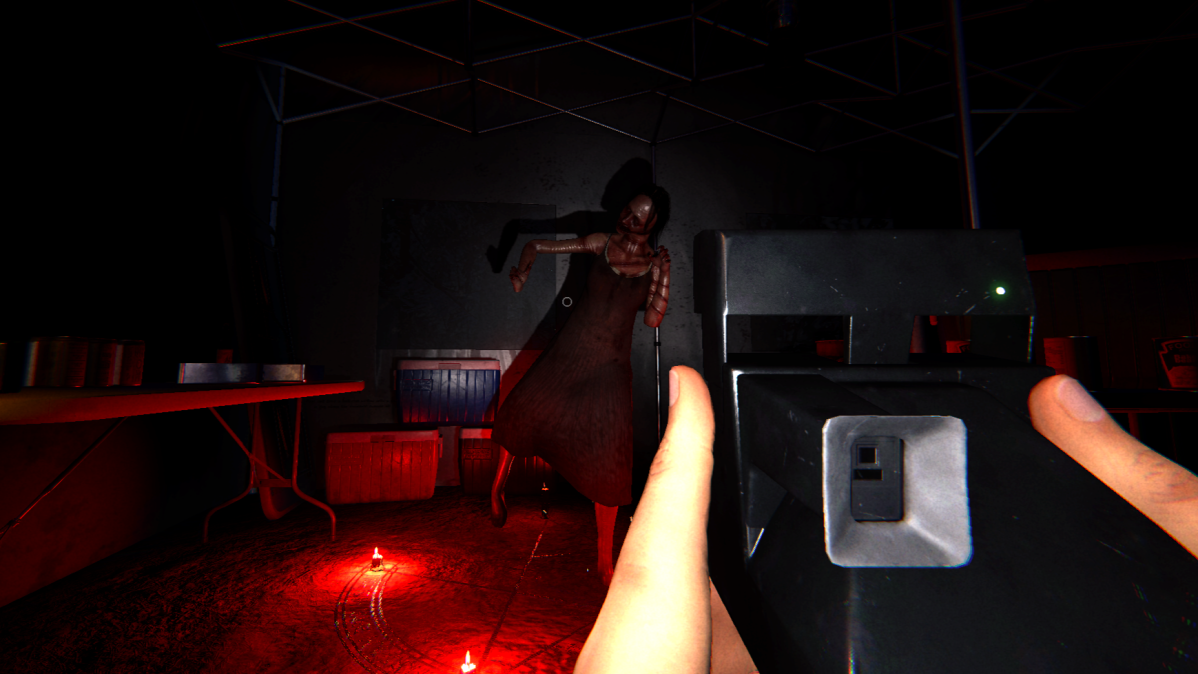
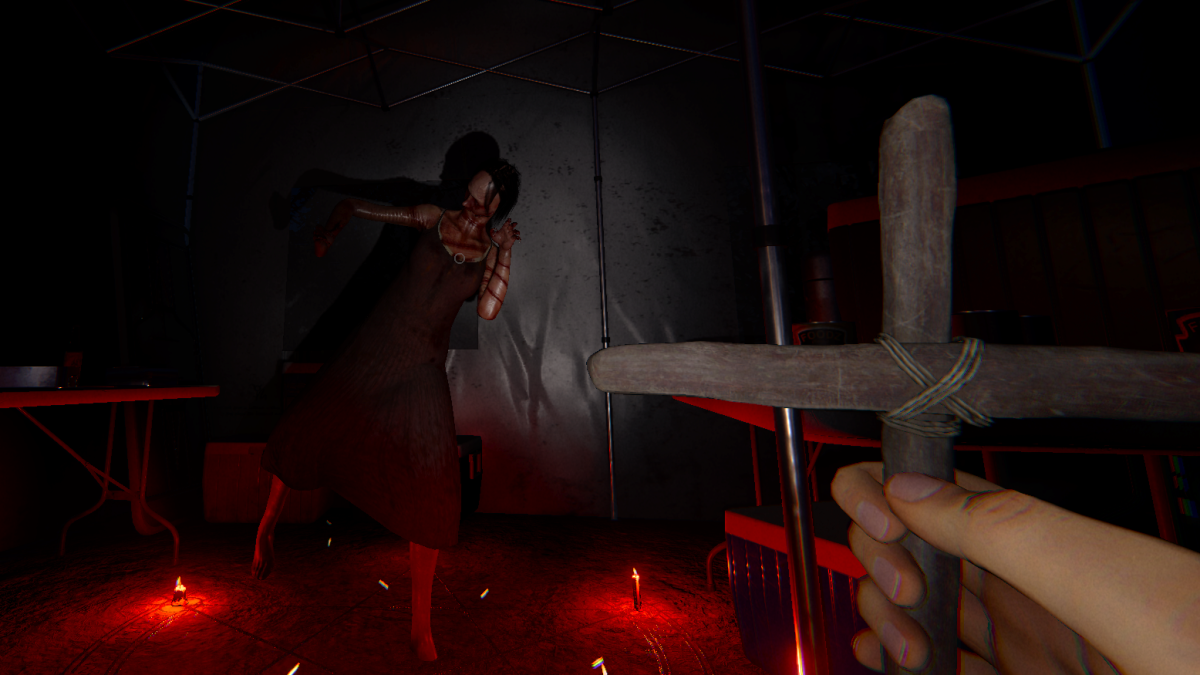
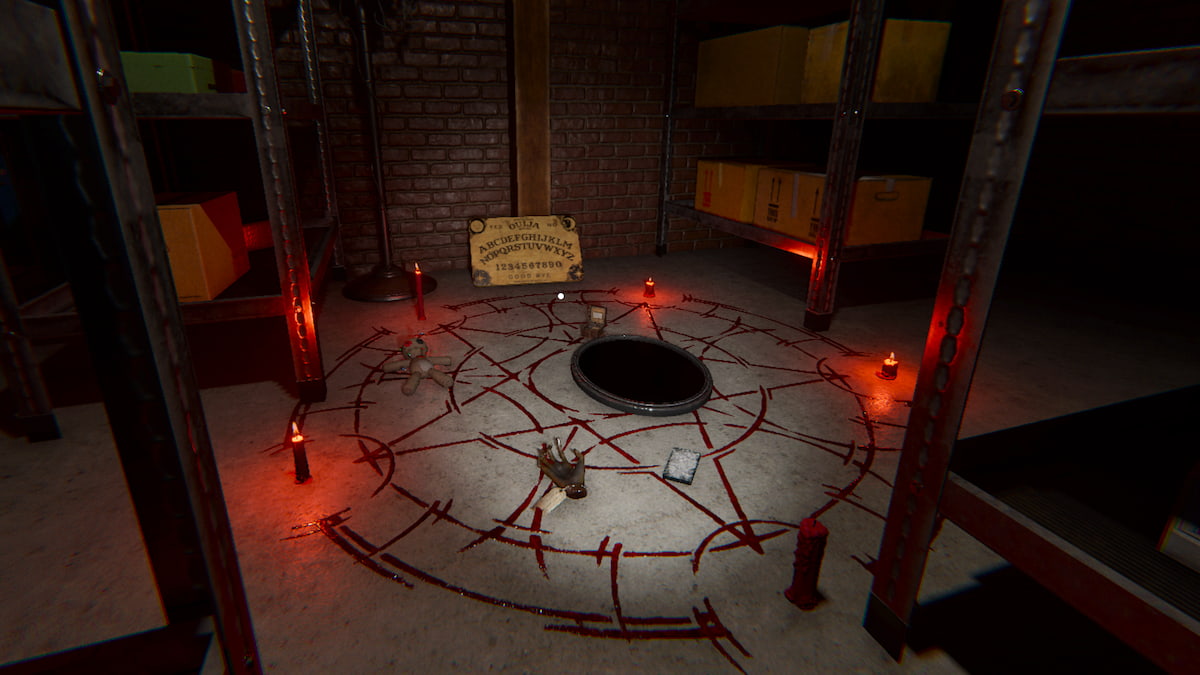
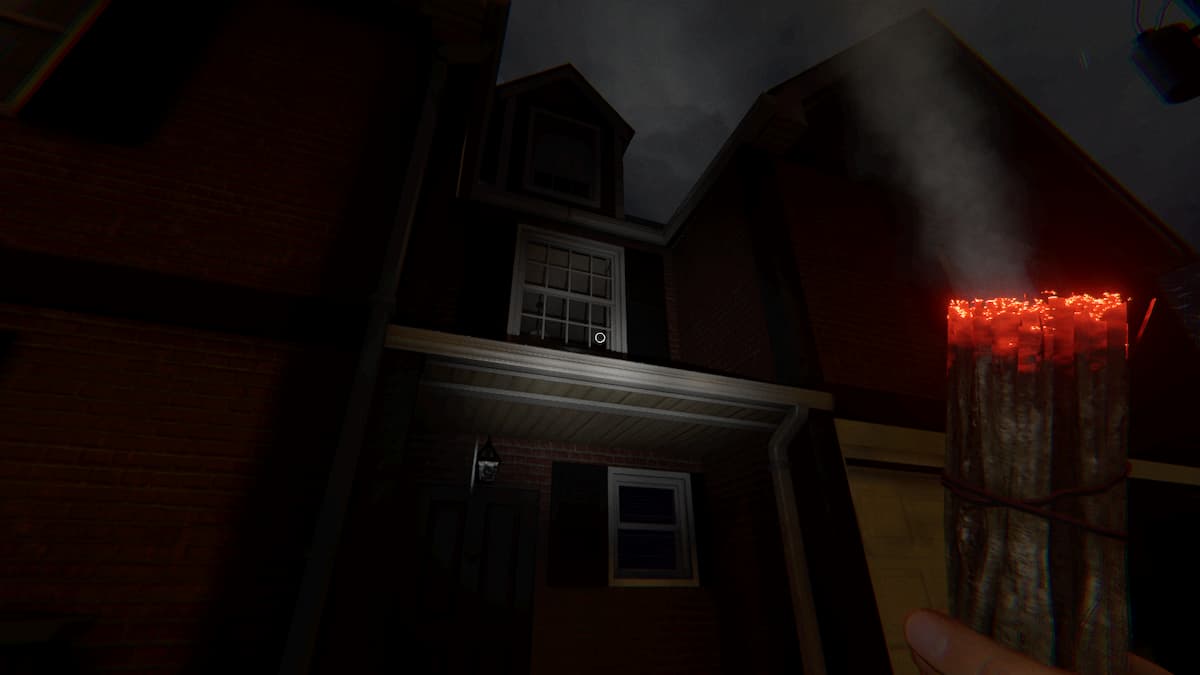
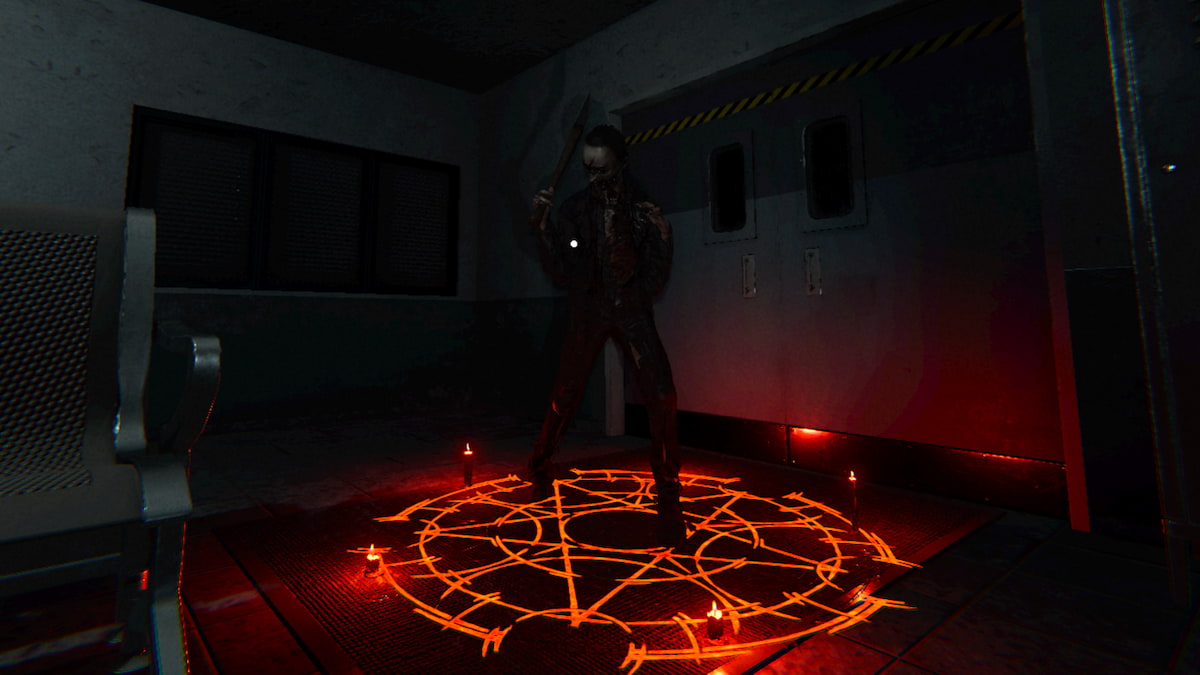
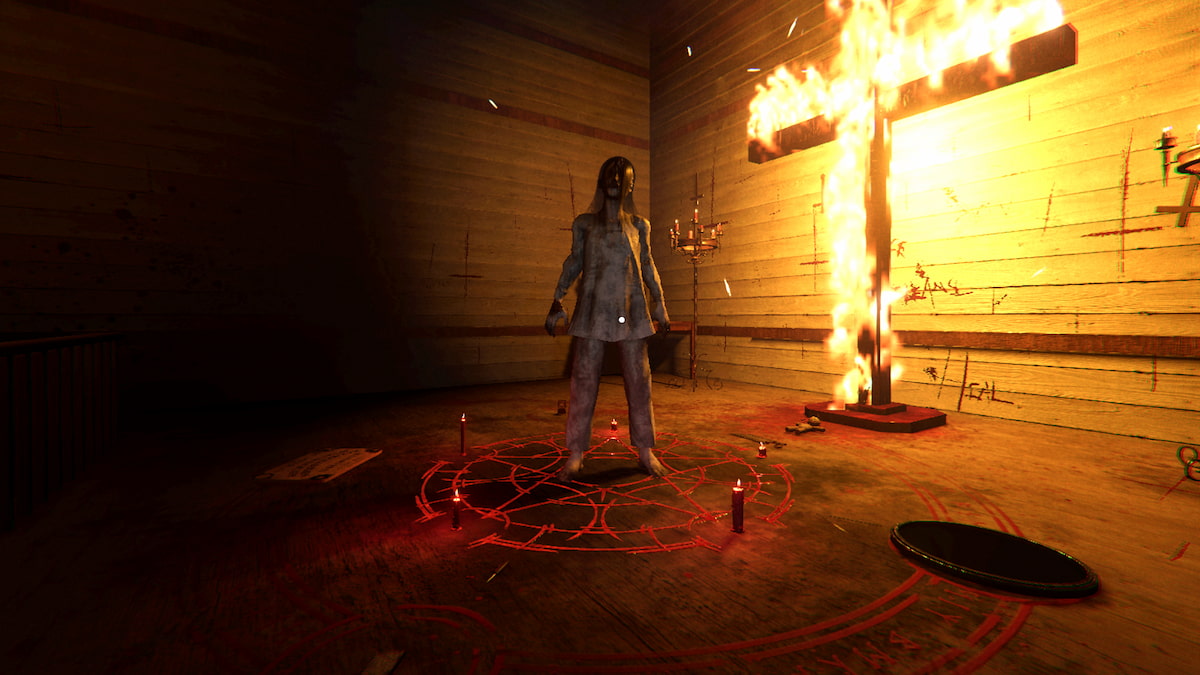
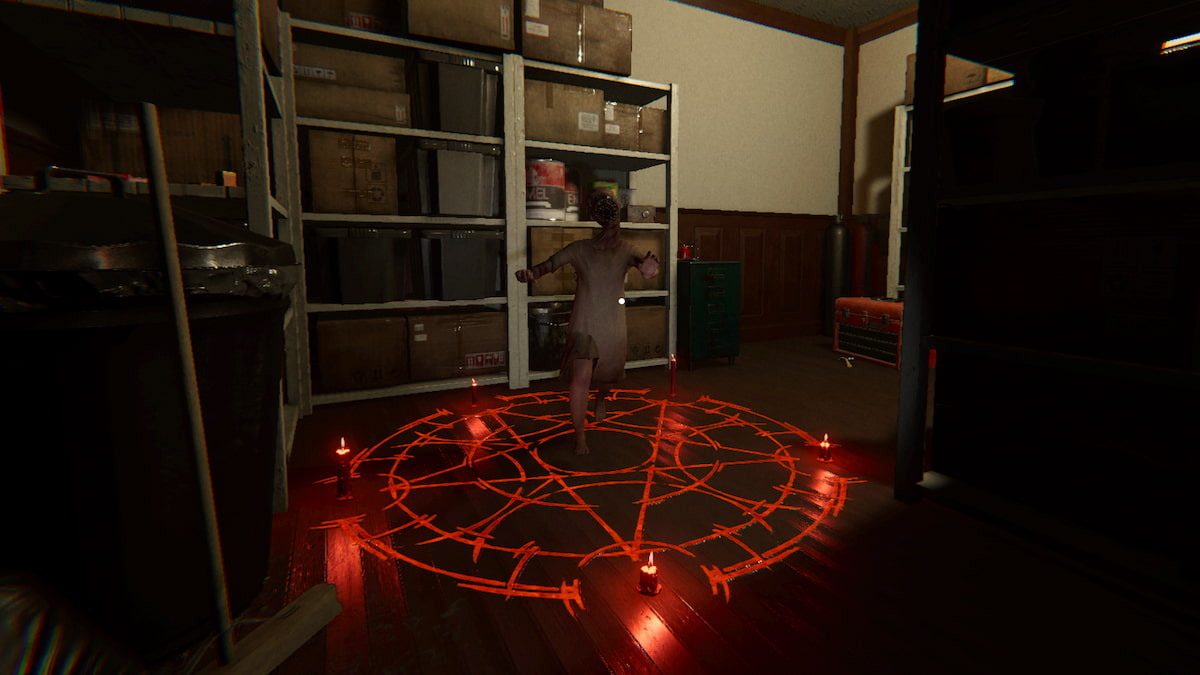
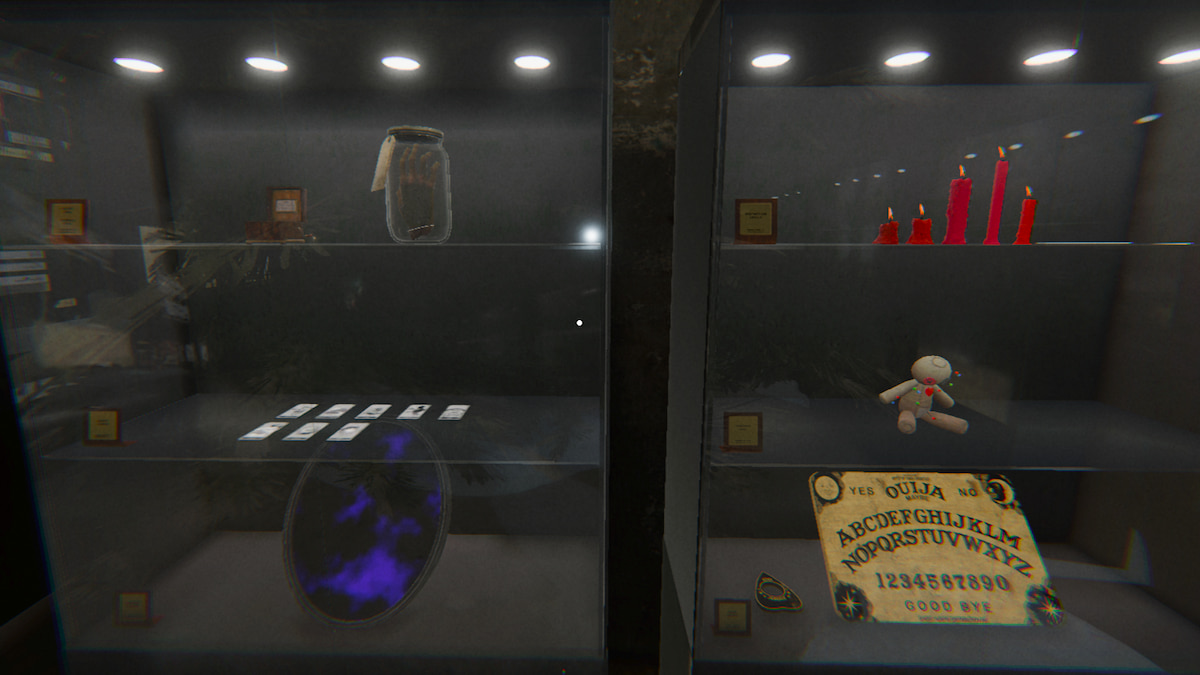
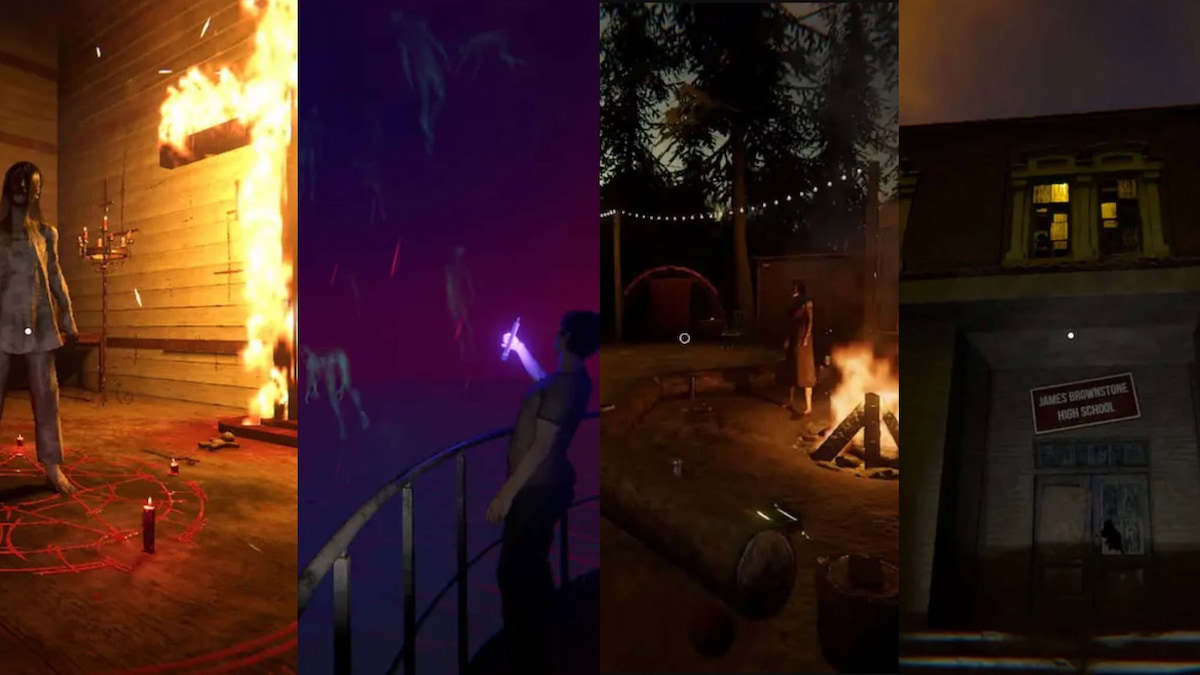
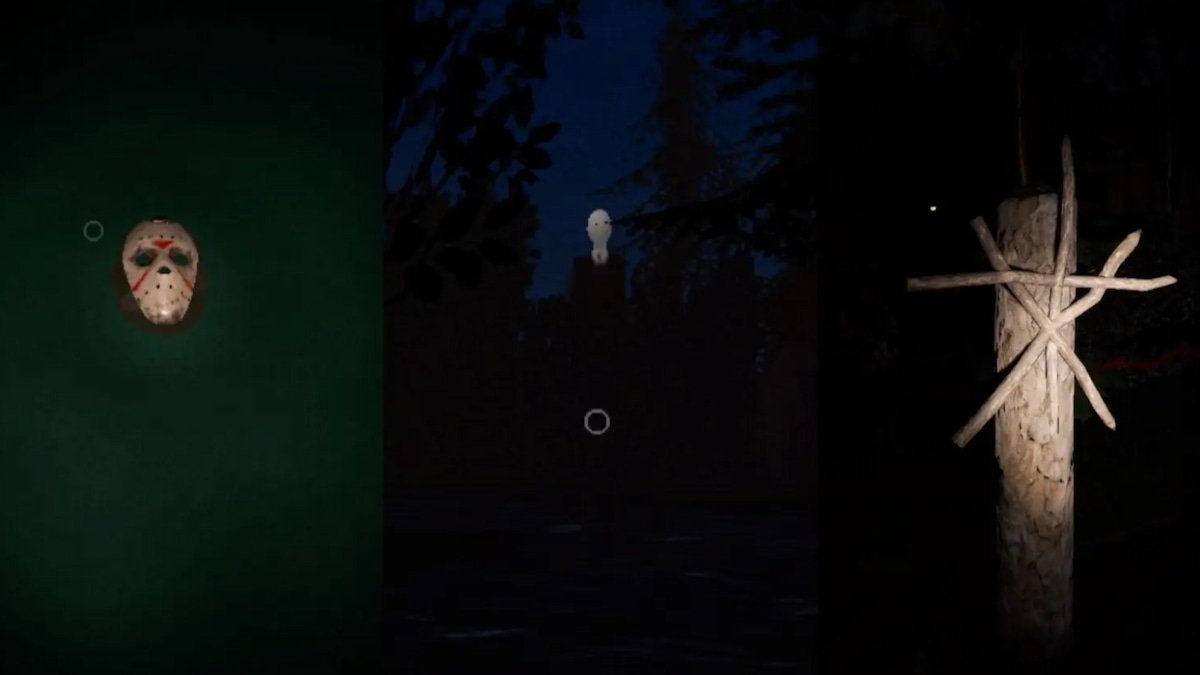
Published: Dec 19, 2023 09:25 pm